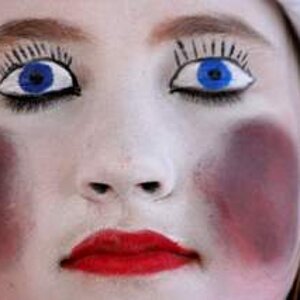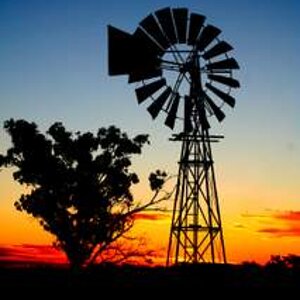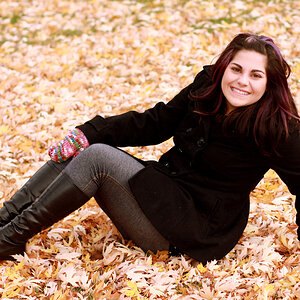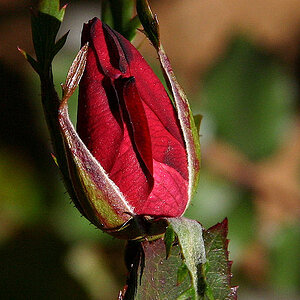tyler_h
TPF Noob!
- Joined
- Feb 20, 2011
- Messages
- 531
- Reaction score
- 27
- Location
- Newcastle, Australia
- Website
- www.flickr.com
- Can others edit my Photos
- Photos OK to edit
I didn't get 1/300, there was only 1/250 and 1/320 so I used 320.
Yeah, 1/320 is the one lol.
Those who have 70-300, what do you think? Is it worth of that 1000€ (1500 usd) price? If you have photos with that, I'd be pleased for seeing those.
Have a look at Flickr; you can search for images there to give you some idea.






![[No title]](/data/xfmg/thumbnail/36/36674-2a99a33f8b4e9e3d34b08a4ec08fbde8.jpg?1619737676)
![[No title]](/data/xfmg/thumbnail/41/41799-fe172a668fba7717bf773664387d64aa.jpg?1619739897)